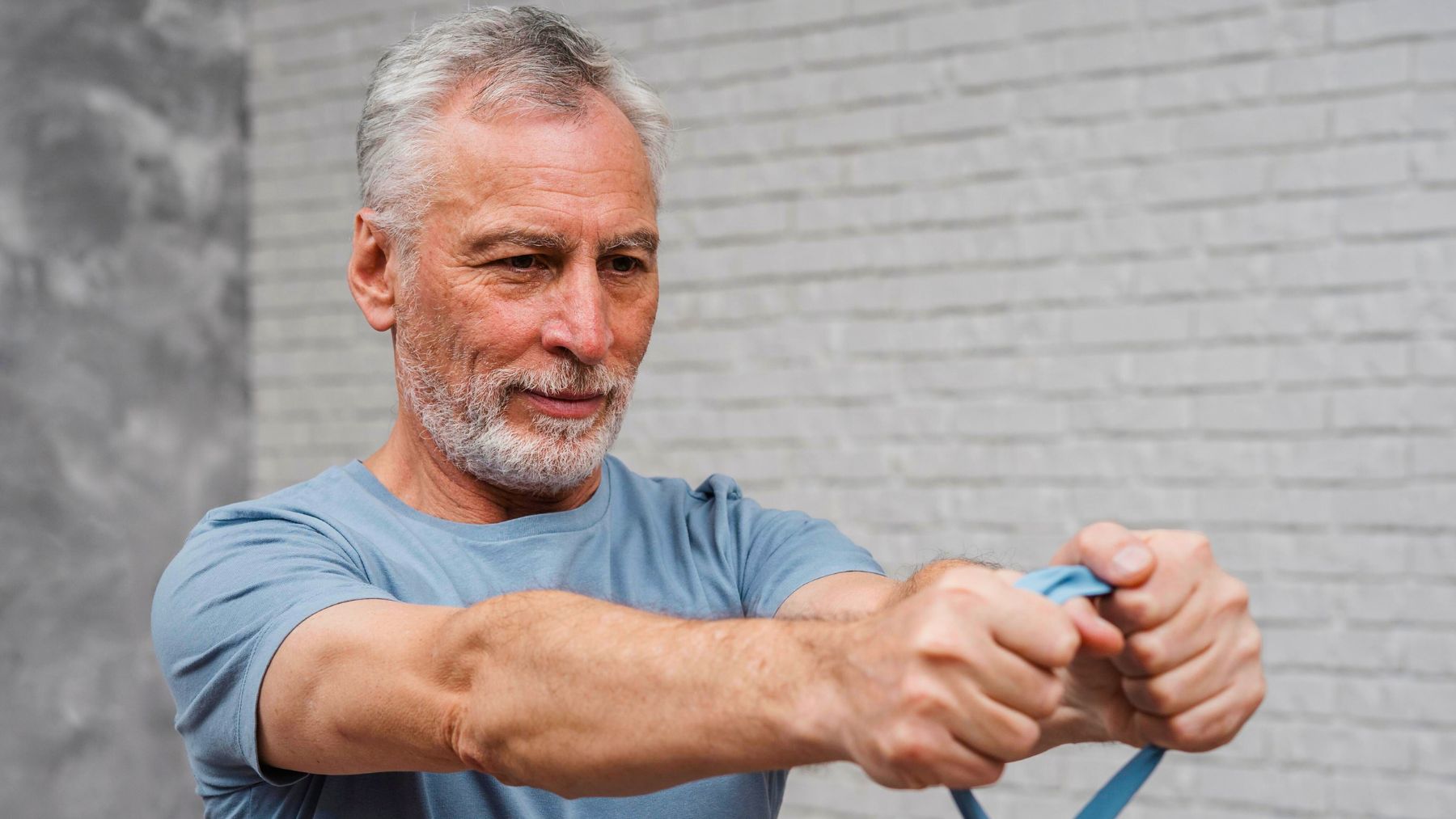As we age, staying active becomes more important, and it can also be more challenging. Gyms and intense workouts are helpful for some, but they’re not for everyone. For many people over 60, a routine that’s simple, flexible, and low-impact can be more effective and work better.
That’s where the 6-6-6 rule comes in. This walking-based routine doesn’t involve weights or gym memberships. It centers around taking two walks a day, each lasting an hour, plus a few minutes of warm-up and cool-down. Here, we’ll break down how the rule works and what makes it worth considering, along with a few other tips to help you stay healthy and mobile during your retirement years.
What is the 6-6-6 rule and why does it work for retirees
It’s in the name: walk at 6 a.m. and again at 6 p.m., for 60 minutes each time. Before and after each walk, spend six minutes doing light mobility exercises or stretches. That’s the 6-6-6 structure; walking twice daily, bracketed by gentle movement. While the timing is flexible, many older adults find morning and evening walks more manageable and pleasant, especially in warm climates.
This approach is gaining popularity because it’s easy to follow, effective, and low risk. Regular walking improves circulation, helps control weight, and supports cardiovascular health. For those over 60, it also helps maintain muscle mass and joint mobility, both of which naturally decline with age.
Doing it in two sessions keeps it manageable, and the added stretching prevents stiffness and reduces injury risk. Unlike more intense routines, this one focuses on consistency and gradual improvement, making it a realistic goal even for those who haven’t exercised in years. Another bonus is the emotional benefits: it helps reduce stress, lifts mood, and can ease sleep problems.
More healthy habits for retirees after 60
Walking is a solid base, but there are a few other habits that can help round out a healthy daily routine. These tips work well with the 6-6-6 rule and support overall wellness:
- Stay hydrated. Carry water during walks and drink throughout the day, even if you don’t feel thirsty.
- Have a light pre-walk snack. If you’re heading out early, fuel up with something small like a banana, a few almonds, or half a slice of whole-grain toast. It helps kickstart your metabolism and prevents fatigue.
- Prioritize protein. Getting enough protein at each meal helps with muscle repair and satiety.
- Don’t walk on an empty stomach if it makes you feel weak or dizzy. A light, balanced breakfast is a better start.
- Support your joints. Choose shoes with good arch support and cushioned soles. Comfortable, stable footwear makes daily walking more sustainable.
- See your doctor before starting. If you have health conditions or haven’t been active in a while, a quick check-in ensures your plan is safe.
The 6-6-6 rule is about getting your body moving and building a rhythm that supports long-term health. You don’t need to be a gym regular or take on a complex fitness plan. A pair of shoes, a clock, and a bit of commitment can help you stay strong and independent in your golden years.
